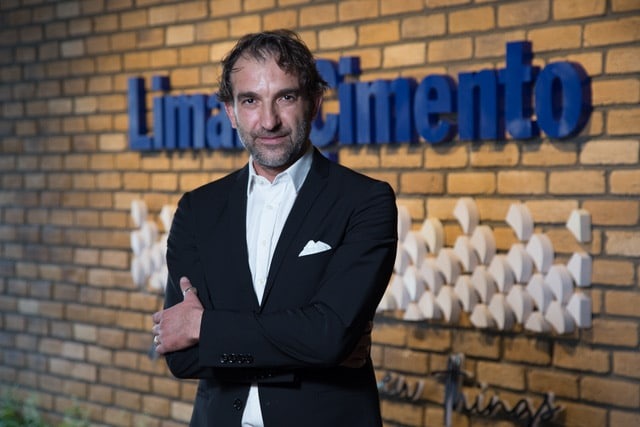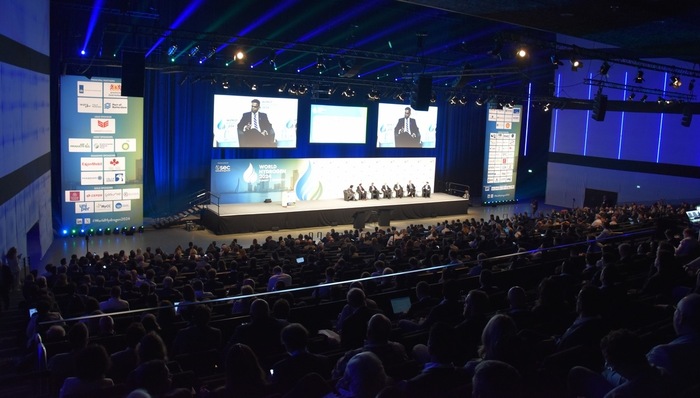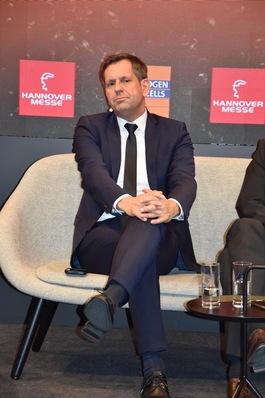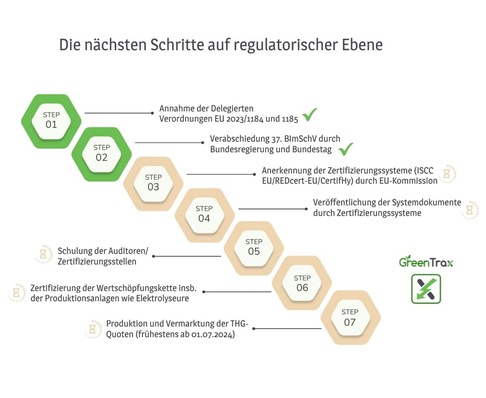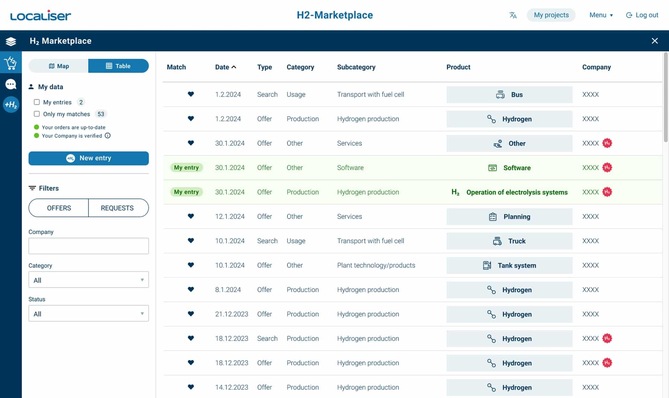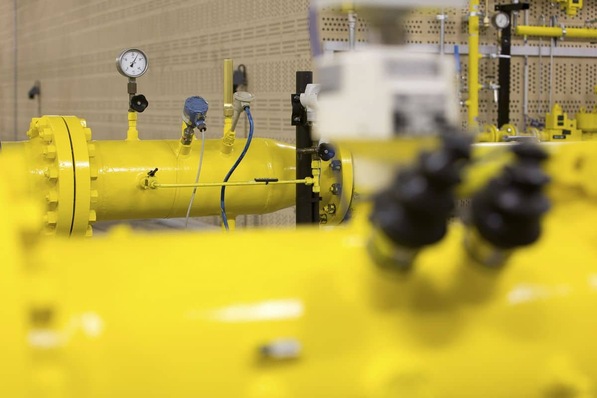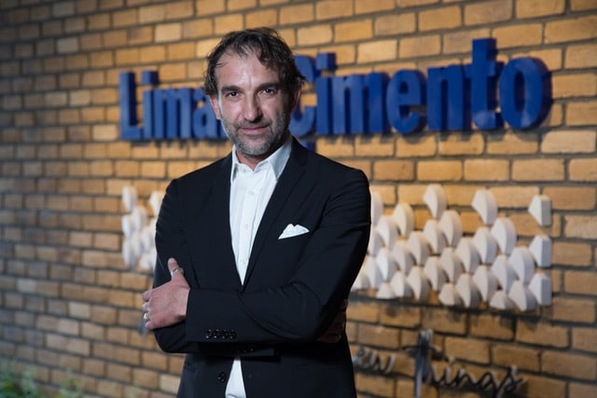H2-international: Could you please start by introducing your company to our readers in a few words?
Kocakerim: Limak Cement is in the top 50 in the global cement industry with 18 million metric tons of cement production capacity through its 11 cement factories located in Turkey, Ivory Coast and Mozambique. Besides, we export to 15 countries across four continents. We have 30 RMC plants and several waste-to-fuel preparation facilities. We are the second largest in our homeland Turkey.
While our factories and facilities spread all over Turkey provide us a strong presence in the market, our distinctive structures – the R&D and Innovation Center, Center of Excellence, Center of Climate Change, and Limak Cement Academy – are the wealth of our intellectual capital and the strong transforming catalysts. Furthermore, they are the strongest boosters for shaping today’s workforce.
Limak Cement is today absolutely one of the global frontrunners in regard to transforming a giant cement, concrete, and building materials holding to an excellent combination of an industry and tech enterprise.
You have stated that you want to increase the use of alternative fuels with a high biogenic content and renewable energies by 2030. Can you be more specific about this?
With almost 40 percent of its overall CO2 emissions stemming from combustion emissions, our industry must shift fossil fuels with alternative fuels (AF) sourced from a variety of waste streams.
Today, the global cement sector and Turkey's AF usage rate have only reached 10 percent to 15 percent. The EU average is 53 percent. Limak Cement uses AF between 30 percent and 50 percent in its factories where it has switched to AF.
By 2026, all our factories will have transitioned to AF usage, and we aim to align with the EU by raising our group average to 60 percent and our facility-level maximum usage to 70 percent by 2030, with the goal of surpassing the EU average starting from that year. In increasing the AF usage rate, the role of policies and legislation in the ecosystem where the factories are located, as well as R&D and technology, is very important. Plans are in place to guarantee a sufficient supply of alternative fuels, incorporating at least 50 percent bio-waste content. However, many countries other than EU, including Turkey, do not yet have an appropriate policy framework in place, and it appears that the next few years will see the establishment of this framework.
However, Limak Cement sees the use of green hydrogen as one of the most important leverage for this purpose, aiming to maximize AF usage. Hydrogen is the key to achieving a high thermal substitution rate thanks to its high calorific value and its ignition properties.
To gain practical experience, you teamed up with the gases company Air Liquide last year (2024). Why did you choose Air Liquide as a project partner?
At the end of 2022, Limak Cement began planning studies to use green hydrogen, albeit at low rates, in its kilns, with the goal of increasing the AF rate. Within the framework of ecosystem-based growth, we required a supply and technology partner for the supply, transportation, usage safety, and practice of hydrogen. We found this opportunity with a global, strong partner such as Air Liquide. Following the completion of the project studies in June 2024, Limak Cement conducted trials with hydrogen combustion, with the aim of developing expertise in hydrogen combustion optimization and determining the optimal feeding rate required to increase the use of high biogenic content alternative fuels.
Limak Cement sees its “triple transformation” journey not just as its own journey, but also as a development journey of the ecosystem; hydrogen is exactly such a subject. We are extremely interested in all the links of the stakeholder chain, from its technology to its legal infrastructure, from the supply-demand balance to its economy, and we are one of the pioneers of the ecosystem.
Air Liquide is our global stakeholder, with which we share a common vision. This shared vision is the most significant factor contributing to this unity. The aim of the first stage of the project was the safe use of green hydrogen in cement rotary kilns, its logistics to our factories, its positive effect on the AF usage percentage and the observation of semi-finished product quality.
What is the provisional assessment of this collaboration?
Our trials have shown that we can achieve 100 percent thermal substitution of the clinker production line calciner with a mix of high biogenic content alternative fuels and hydrogen; we have also concluded that we can apply the technology to the entire production system.
We have successfully increased our AF usage rate in the region by up to 20 percent, while also substituting 3 percent of hydrogen. This situation provided us with the opportunity to experience our potential to reduce 180,000 tons of carbon dioxide emissions annually in our medium-sized cement factories.
Do you intend to continue your efforts in this direction? If so, in what way?
Our industrial trial phase 2 and phase 3 plans are ready for the next six months. Following the first phase, we successfully tested the rotary kiln calciner; we planned phase 2 and phase 3 studies, testing both the calciner and the main burner simultaneously, using oxygen-enriched combustion. After these phases, we believe the results will guide us and the global sector. As a result we are working to have a hydrogen-blended, high-biogenic-content alternative fuel mix in all our facilities. That will be the way to achieve our decarbonization targets. By applying the same fuel mix in all our facilities, the yearly CO2 saving can reach up to 700,000 tons of CO2 per year.
Is it correct that you want to install several electrolyzers at different locations for H2 production?
While your acquisitions for the transportation and use of green hydrogen in liquid or gas form are proceeding at a rapid pace, our plans for on-site production of electrolyzers remain unchanged. On the one hand, we are aiming to reduce operation costs for hydrogen and on the other hand, new national and global policy trends such as CBAM and ETS will result in increased incentives for the use of low-carbon fuels. For this reason, we have prepared roadmaps to scale up these initiatives, which we initiated on a small scale, concurrently with the increase in regulations and incentives.
Planning the workforce and necessary competencies together with the advanced technologies is another crucial aspect of the subject.
Which electrolyzer manufacturer are you working with?
We are still collaborating with our business partner Air Liquide on transport-related technology and performance, as well as the planning of the first small-scale electrolyzers.
What are your medium- and long-term goals?
Our medium-term goal is to fulfill our pioneering mission that will reveal the sustainable use of hydrogen technologies in our global sector. Another medium-term goal is to carry out activities that will activate the necessary stakeholder chain for hydrogen in our ecosystem.
Our long-term goal is to attain a level of expertise and depth that enables the production of pioneering technologies on low-carbon fuels in the industry, extending beyond the cement perspective of Limak Cement.
Can you imagine using such technology in Germany as well?
Decarbonization requires a tailor-made approach. Resources, technology, legislation, weak and strong muscles, and plant-based analysis of priorities are required. German cement manufacturers undertake many global pioneering missions and are capable of creating carbon-neutral fuel mixes supported by hydrogen. Moreover legislation, AF and the hydrogen ecosystem are much more mature and suitable for establishing this structure.
Do you really think it is possible for the European cement industry, and therefore also the Turkish cement industry, to become carbon free by 2050?
The cement sector is experiencing the most important transformation in its history. This transformation requires the art of technology and legislative regulations. The most difficult part is that it requires a joint effort by all stakeholders.
As of 2025, the net zero target in the industry is still possible. I believe that the global cement sector can achieve carbon neutrality earlier. I think it is possible for the cement sector in developed countries to achieve carbon neutrality by 2040. The most important barrier is the delays and uncertainties in policy transformations that will trigger and support the green transformation.
There is a huge green premium in the cement sector. The impact of possible increases in cement costs due to decarbonization on the construction sector is extremely limited, because the share of cement in the total construction cost is between 5 to 10 percent. I think this is a sector where policymakers should give more courageous support for this science-based data.
Interview: Sven Geitmann


